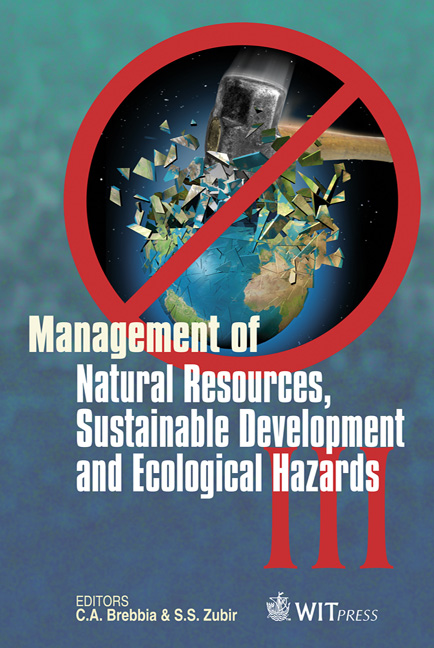Evaluating Inherently Safer Design Alternatives Using Hazard Conflict Approach
Price
Free (open access)
Transaction
Volume
148
Pages
12
Page Range
539 - 550
Published
2011
Size
437 kb
Paper DOI
10.2495/RAV110491
Copyright
WIT Press
Author(s)
R. Rusli & A. M. Shariff
Abstract
The application of Inherent Safety (IS) principles and Inherently Safer Design (ISD) concept has been proven to reduce the risk of accidents and is economically attractive for chemical process plants. However, they also suffer from several trade-offs or conflicts that arise from the modification suggested by the concept. A design which is identified to be inherently safer from one hazard could possibly alter the magnitude of other hazards, which were previously not at a critical level. Therefore, an IS tool should emphasise this limitation before a decision can be made, in order to obtain the best ISD alternatives. This paper presents a likelihood tool to evaluate the potential hazard conflicts in ISD alternatives at preliminary design stage. The tool is part of a framework which is developed based on risk approach. The proposed tool is applied to hydrogen storage systems with the objective to prevent and minimise potential fire and explosion. The results have shown that the new tool is able to highlight the potential new hazards and variation of magnitude of existing hazards which emerged when the hydrogen storage is changed according to the ISD concept at preliminary design stage. Keywords: hazard conflicts, inherent safety, inherently safer design, risk analysis, preliminary process design.
Keywords
hazard conflicts, inherent safety, inherently safer design, risk analysis, preliminary process design





